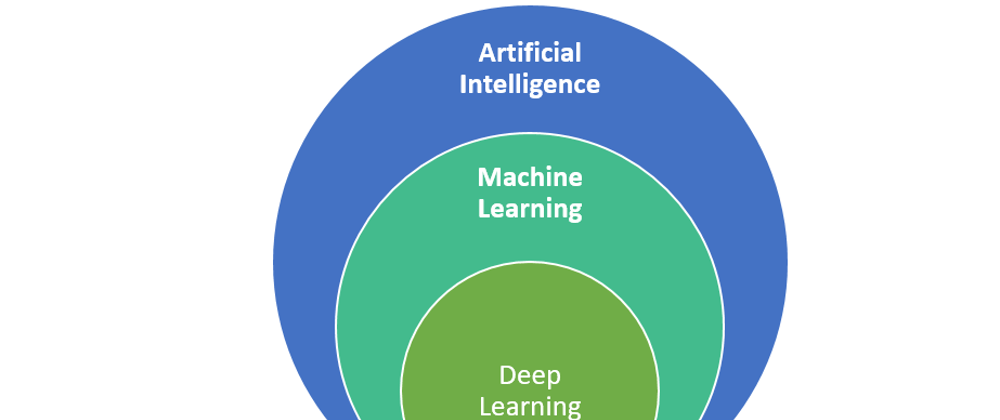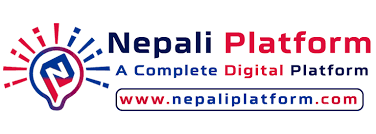Inspirational journeys
Follow the stories of academics and their research expeditions
Natural Language Processing in AI: Essential Techniques and Real-World Applications

Natural Language Processing (NLP) is a revolutionary field in Artificial Intelligence (AI) that bridges the gap between human language and machine understanding. Think of it as the ultimate translator, enabling computers to grasp not only the words we use but also their meanings, emotions, and intentions.
As NLP continues to transform how we interact with technology, let’s dive into the key techniques that power this field and explore its diverse applications shaping our daily lives.
What is NLP?
Natural Language Processing (NLP) is a multidisciplinary field that blends linguistics, machine learning, and computer science to enable machines to process, analyze, and even generate human language. It forms the foundation of numerous technologies we use daily, from chatbots to voice assistants.
At its core, NLP strives to make machines “understand” the intricacies of human communication. This includes the words themselves, their context, structure, and even the sentiment behind them.
Key Techniques in NLP
NLP employs several techniques to process and analyze human language. Here’s a breakdown of the must-know methods:
1. Tokenization
Tokenization splits a text into smaller units, like words or phrases, called tokens.
- Purpose: Makes it easier for machines to analyze language structure and extract meaning.
- Examples: Splitting "Artificial Intelligence is amazing!" into individual tokens:
['Artificial', 'Intelligence', 'is', 'amazing!'].
2. Part-of-Speech (POS) Tagging
POS tagging assigns grammatical labels (e.g., noun, verb, adjective) to each word in a sentence.
- Applications: Helps in machine translation and sentiment analysis by identifying how words function in a sentence.
3. Named Entity Recognition (NER)
NER identifies and categorizes entities such as names, dates, organizations, and locations within a text.
- Use Case: Extracting “Google” as an organization and “California” as a location from a sentence.
4. Sentiment Analysis
This technique determines the sentiment or emotion in a text—whether it’s positive, negative, or neutral.
- Applications: Analyzing customer feedback or gauging public opinion on social media.
5. Stemming and Lemmatization
- Stemming: Strips affixes from words (e.g., "running" becomes "run").
- Lemmatization: Considers the word’s meaning and context to return its base form.
6. Machine Translation
NLP enables systems like Google Translate to convert text between languages using advanced neural networks and statistical models.
Applications of NLP in the Real World
NLP has revolutionized how we interact with technology. Here are its most impactful applications:
1. Virtual Assistants
Siri, Alexa, and Google Assistant rely on NLP to understand commands and provide relevant responses. Tasks like setting alarms, answering queries, and managing smart devices are made seamless through NLP.
2. Chatbots
NLP-powered chatbots dominate customer service, offering natural, context-aware conversations. They provide instant responses, improving user experience across industries.
3. Search Engines
Search engines like Google interpret user queries with NLP to deliver accurate and intent-based results. This improves search efficiency and relevance.
4. Social Media Insights
NLP analyzes posts, tweets, and comments to extract trends, detect sentiment, and understand public opinion. Businesses use this data for tailored marketing strategies.
5. Healthcare
From analyzing patient records to aiding diagnosis, NLP helps doctors manage data more efficiently. It’s also used to monitor health-related discussions online.
6. Content Summarization
NLP algorithms generate concise summaries of lengthy documents, saving time and enhancing accessibility to key information.
7. Language Translation
Tools like Google Translate enable real-time communication across languages, powered by robust NLP techniques.
8. Legal and Compliance
Law firms use NLP to review contracts, legal documents, and case histories, drastically reducing analysis time.
Challenges and the Future of NLP
Despite its advancements, NLP faces challenges like:
- Understanding Context: Handling slang, idioms, and sarcasm remains complex.
- Bias in Models: Language models can inherit biases present in training data.
- Resource-Intensive Training: NLP systems require vast datasets and computational power.
However, the future is bright. With innovations in neural networks and transfer learning, NLP is poised to deliver improved human-computer interactions, deeper language understanding, and applications across industries we’ve yet to imagine.





Leave a comment